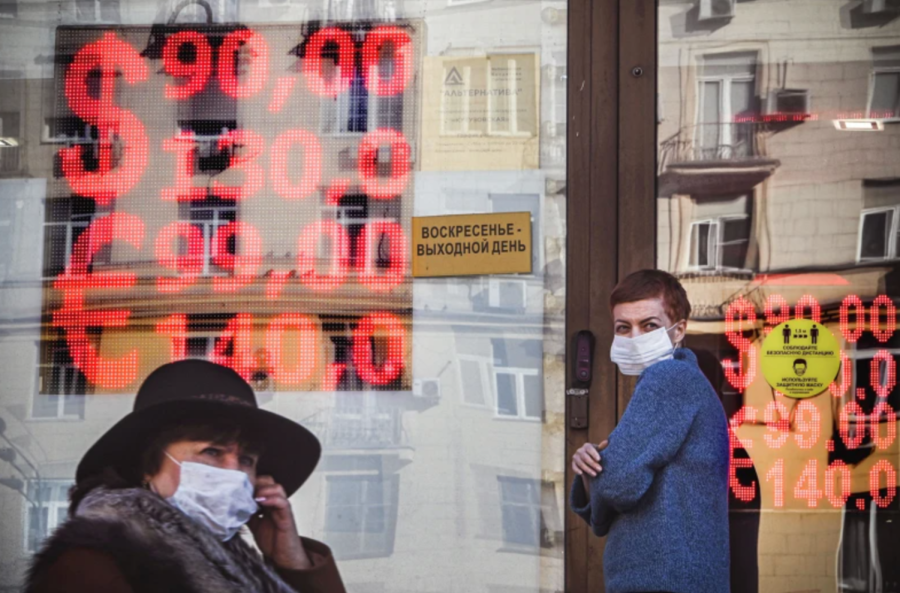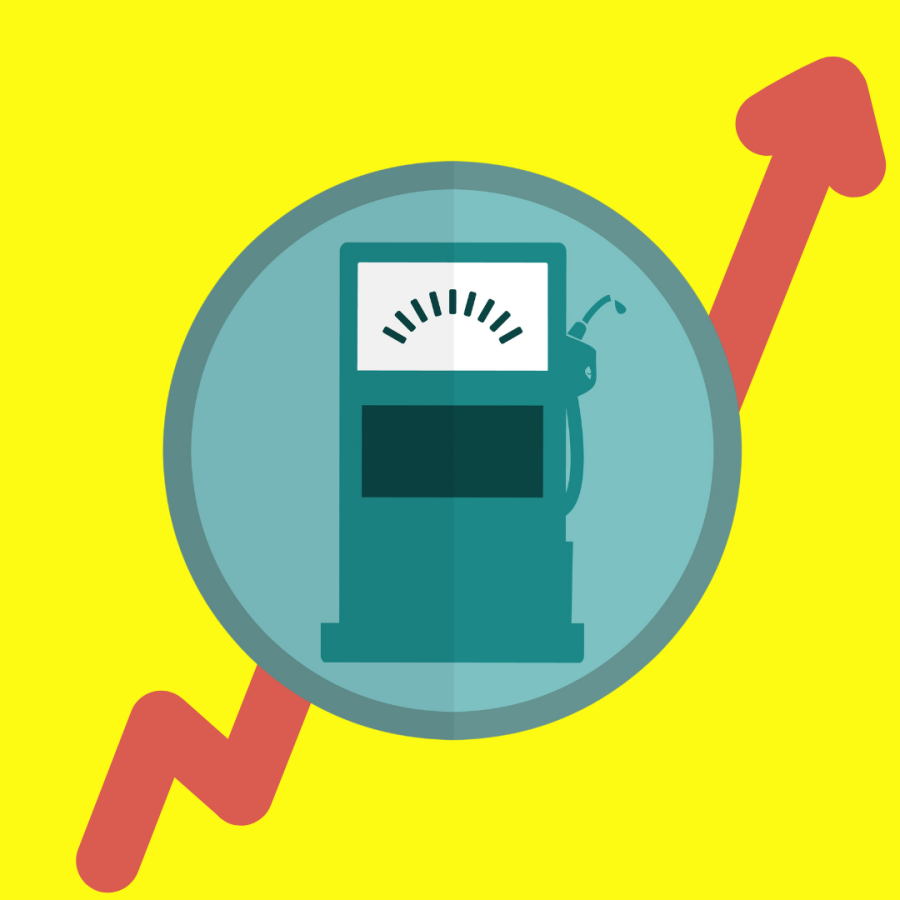Wait—It’s How Much To Fill my Tank?!?
If everything costs more—especially gas—blame Biden
Inflation has reached 40-year highs. According to July’s Consumer Price Index update, there’s been an 8.5 percent price increase in all items, 10.9 percent inflation in food items, 32.9 percent in energy prices, and a 5.9 percent increase in all items. The Biden administration has blamed supply chain issues and Vladimir Putin’s war on Ukraine for this inflationary spiral. Although those were contributing factors, they were likely not the chief causes. Government overspending and the Federal Reserve’s loose monetary policy combined with supply chain constraints led to the record high inflation that America is seeing today.
To recover from the COVID-19 pandemic, the US government spent multitudes of money, increasing the national debt of the United States by 7 trillion dollars from 2020 to 2021. From March 2020 to September 2021, people were given extended unemployment benefits. Most notably, a 1.9 million dollar Covid relief package that included $1,400 direct checks, sent 100 million checks or direct deposits to American citizens. This incentivized Americans to stay home, and allowed working Americans to take that money and put it in savings. By the end of the pandemic, Americans had 4.2 trillion more dollars in the bank compared to before the pandemic.
Because of the multitude of money that was pumped into the economy, demand rose, and with it, so did prices. If supply had caught up to demand, the inflation rate would have come back down. However, that is not what happened. Because of Covid restrictions, people could not spend money at small businesses, of which there were 37.5 percent fewer open nationwide in

June 2021 compared to January 2020. However, people did shop at big chain businesses for goods, particularly durable goods. Spending on durable goods like electronics, cars, and building materials for housing increased 25 percent fr
The final nail in the coffin was environmental policies driving up gas prices. On January 4, 2021, gas prices were at $2.25, but when Joe Biden entered office, that was quick to change. He first issued a memo suspending authority of local BLM (Bureau of Land Management) offices to allow drilling permits, leases, and mining operations. Additionally, he canceled the Keystone XL Pipeline and reissued Obama-era energy regulations. A few days later, he signed an executive order to shut down subsidies toward oil and gas leasing on federal lands. In March, Biden updated the “social cost of greenhouse gas emissions,” and gas prices rose to about $2.60 a gallon. In June 2021, Biden suspended oil and gas leases in the Arctic National Wildlife Refuge and by August gas prices had reached $3.17 a gallon. In November 2021, he announced new regulations for methane emissions. In December, he suggested increasing royalty rates on domestic oil production limits on areas accessible for development. By February 2022, gas reached $3.50 a gallon and Biden indefinitely delayed oil and gas lease sales on public lands. In March, the DOJ declined to appeal a court ruling vacating oil and gas lease sales. Then, Vladimir Putin invaded Ukraine and the US announced a ban on Russian oil and gas, which we had become more dependent upon after cutting off domestic oil production. This raised prices even more to well over $4 a gallon. By May, gas prices reached $4.50 a gallon and by June, prices rose to just more than$5.00 a gallon.
om 2020 to 21. Even though there were some supply restraints, the supply problem seems to stem from too much demand. For instance, there is a semiconductor shortage, despite the 1.15 trillion chips delivered in 2021. This sudden rise in demand can largely be attributed to the massive amount of money sent to citizens in checks from the government during the pandemic and simultaneous underspending by Americans during the pandemic.
The Federal Reserve (aka the Fed) did not foresee the inability of supply to meet demand, so they continued to practice loose monetary policies. The federal funds rate was set at 0% to help the economy through the pandemic, and the Fed bought trillions of dollars in debt securities, infusing the banks with money. As of June 14th, the Fed was holding 8.97 trillion in assets. This made it easy for the bank to invest in businesses they normally would not have and give out loans at low interest rates. This spurs demand and investment, leads to an inflated stock market and an inflated real estate bubble, and raises prices.
Typically, in a normal supply-demand curve, when supply is low, prices go up temporarily until the supply meets the demand. The problem with energy prices is that there is a waiting period between when supply can meet demand. To increase oil and natural gas, companies have to build new wells and refine and create infrastructure that takes years of investment to make. So, due to the Biden administration’s hostility towards oil and gas production for years, there has been no investment in the industry for the supply to meet the demand. Five refineries have shut down in the past two years, eliminating five percent of the United States’ refining capacity and removing 1 million barrels of fuel per day from the market.
Gas prices have fallen back down closer to $4.00 a gallon, which has contributed to 0% month-on-month increase in inflation. This fall in gas prices can be attributed to a fall in demand in the second quarter of 2022.
Democrats in Congress passed the Inflation Reduction Act–a collection of different policies from last year’s Build Back Better campaign–that may or may not actually reduce inflation. The Fed is looking at raising interest rates to reduce inflation. According to Michael Gapen, Chief US Economist for Bank of America, if there is another strong job report, a three-quarter point federal funds rate increase is likely. The Fed is trying to prevent driving the economy into recession while simultaneously keeping inflation under control.






































